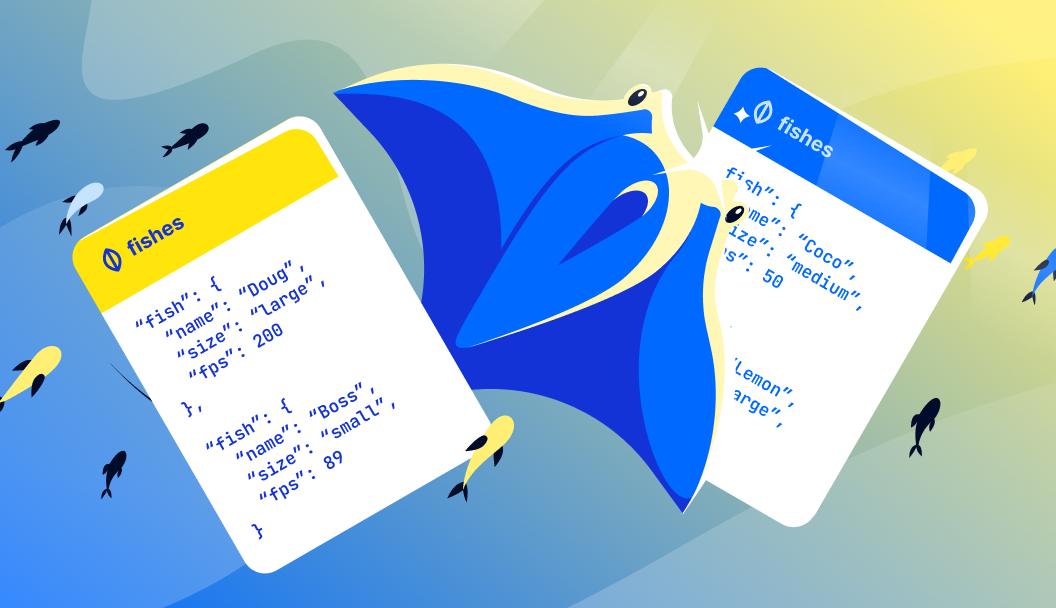In the ever-evolving landscape of cloud computing, DigitalOcean has been at the forefront, consistently innovating its services to meet the dynamic needs of its users. Since 2019, the company has been offering a managed Kubernetes service, but the journey to its current state has been marked by significant changes and improvements. This article delves into the evolution of DigitalOcean’s Kubernetes service, highlighting the technological advancements and strategic shifts that have shaped its development.
The Evolution of DigitalOcean’s Managed Kubernetes Service
In 2019, DigitalOcean launched its managed Kubernetes service, aiming to simplify the deployment and management of Kubernetes clusters. However, as the service matured, it became clear that the initial infrastructure had its limitations. The original setup involved running the control plane on a single Droplet, a virtual machine offered by DigitalOcean. This approach posed several challenges, including reliability issues and scalability constraints.
The control plane is a critical component of a Kubernetes cluster. It manages the cluster’s overall operations, including scheduling containers, maintaining cluster state, and scaling applications. With the control plane running on a single Droplet, any disruption to the Droplet, such as a hypervisor crash or memory exhaustion, could lead to the entire control plane going down. This not only affected reliability but also made scaling difficult, as it could only be done vertically by upgrading to a larger Droplet size.
To address these challenges, DigitalOcean embarked on a journey to revamp its Kubernetes architecture. In 2021, the company introduced a new Containerized Control Plane (CCP) architecture. This new setup was designed to be more scalable and fault-tolerant, providing a robust managed Kubernetes service.
Introducing Cluster API: A Key Component
A significant part of this transformation involved leveraging an open-source project known as Cluster API (CAPI). Cluster API is a special interest group within the Kubernetes community that provides an API for provisioning Kubernetes clusters in a cloud-native manner. Essentially, it acts as an operator that automates the lifecycle of Kubernetes clusters.
Cluster API is composed of several components, each playing a distinct role in the provisioning process:
- Management Cluster: This is the Kubernetes cluster that hosts the Cluster API components. It serves as the central hub for managing other clusters.
- Workload Cluster: Created by the Cluster API controller running within the management cluster, this Kubernetes cluster hosts the applications and services necessary to maintain and operate customer control planes.
- Infrastructure Provider: This component provides the cloud-specific functionality required to create the resources for running workload clusters. It determines where the workload cluster nodes will reside, whether on DigitalOcean Droplets, virtual machines, or other environments.
- Bootstrap Provider: Responsible for initializing Kubernetes on the resources provisioned by the infrastructure provider. It uses tools like Kubeadm to set up the initial Kubernetes environment.
How Cluster API Enhances DigitalOcean’s Service
DigitalOcean integrated Cluster API into its managed service to streamline the complex process of provisioning new Kubernetes clusters while also improving maintenance and upgrade procedures. By installing Cluster API into a management cluster, DigitalOcean can provision workload clusters, or Control Plane Clusters (CPCs), more efficiently.
When a customer creates a DigitalOcean Kubernetes (DOKS) cluster, they interact with a simplified interface, while Cluster API handles the underlying infrastructure complexities. This automation allows DigitalOcean to maintain a scalable and reliable service without manual intervention.
The Role of Control Plane Clusters and Customer Cluster Controller
The story of DigitalOcean’s Kubernetes service also involves Control Plane Clusters (CPCs), which are workload clusters in Cluster API terms. These clusters are managed by a DigitalOcean-specific operator known as the Customer Cluster Controller. This operator follows the Kubernetes Operator Pattern, which automates complex, application-specific tasks.
When a customer requests a DOKS cluster, several processes are triggered:
- The request is received via DigitalOcean’s API, where initial validations are performed.
- A Control Plane Cluster (CPC) is selected using a least connection-based scheduling approach to ensure balanced distribution.
- The request is then translated into a custom resource within the chosen CPC, initiating the cluster provisioning process.
- The Customer Cluster Controller creates the necessary pods, daemonsets, and certificates to establish the control plane.
- Once the control plane is operational, a separate reconciler provisions the data plane, which consists of the nodes and components managed by DigitalOcean.
- The cluster is marked as fully provisioned once both the control and data planes are functional.
Advantages of the Containerized Control Plane Architecture
The new CCP architecture offers several advantages. By containerizing the control plane, DigitalOcean can leverage Kubernetes’ inherent management benefits, such as automatic service restarts, rescheduling, and relocation in the event of failures. This significantly enhances fault tolerance and resilience compared to the previous single-Droplet approach.
Scalability is another key benefit of the new architecture. By using Kubernetes’ Vertical Pod Autoscaler (VPA), the system can automatically adjust resources in response to increased demand, ensuring optimal performance. However, it’s important to acknowledge that hardware limitations still exist, and scalability is not infinite.
The CCP architecture also improves flexibility for customers. In the past, adding extra control plane Droplets for high availability was cumbersome and resource-intensive. With the new setup, enabling high availability is as simple as updating deployments and daemonsets to add more replicas.
Challenges and Learnings
Despite its benefits, the transition to the new architecture was not without challenges. Networking proved to be a recurring theme, particularly in ensuring connectivity between the data plane and the control plane. This required running additional components to maintain expected Kubernetes functionality.
The multi-tenanted nature of clusters within a CPC also posed security challenges. DigitalOcean addressed these by implementing network policies and using Cilium, a powerful networking solution, to enforce security boundaries and ensure cluster isolation.
Conclusion: Simplifying Complexity for Customers
DigitalOcean’s journey to enhance its managed Kubernetes service underscores its commitment to delivering simplicity and reliability to customers. By adopting cutting-edge technologies like Cluster API and containerized architectures, the company has created a robust, scalable, and flexible service that meets the evolving demands of modern cloud computing.
As DigitalOcean continues to innovate and expand its offerings, customers can expect even more features and improvements in the future. The journey may have been complex, but the result is a service that empowers users with the simplicity and reliability they need to succeed in their cloud endeavors.
For more information on DigitalOcean’s Kubernetes offerings, you can visit their official blog.
For more Information, Refer to this article.


































